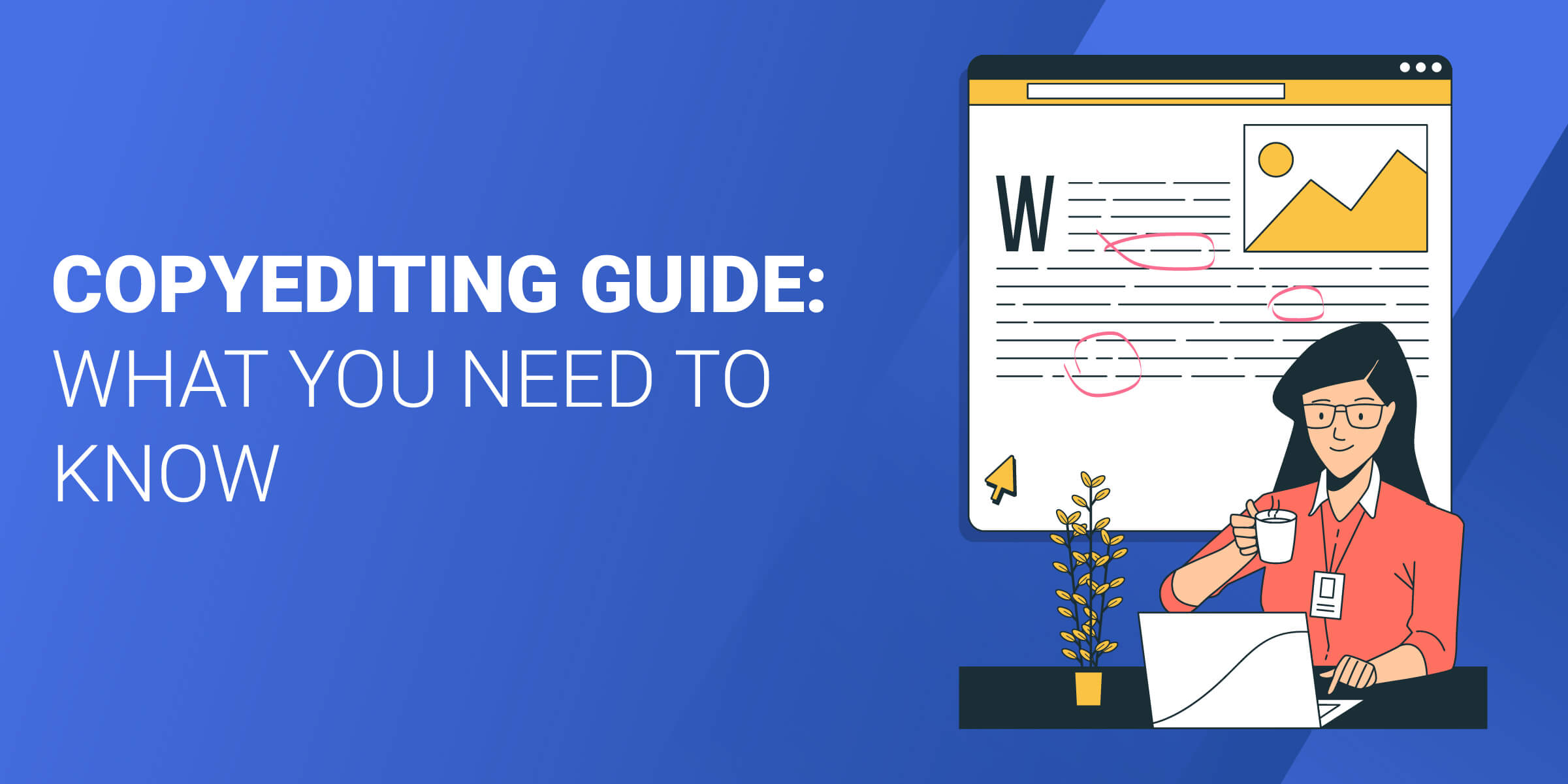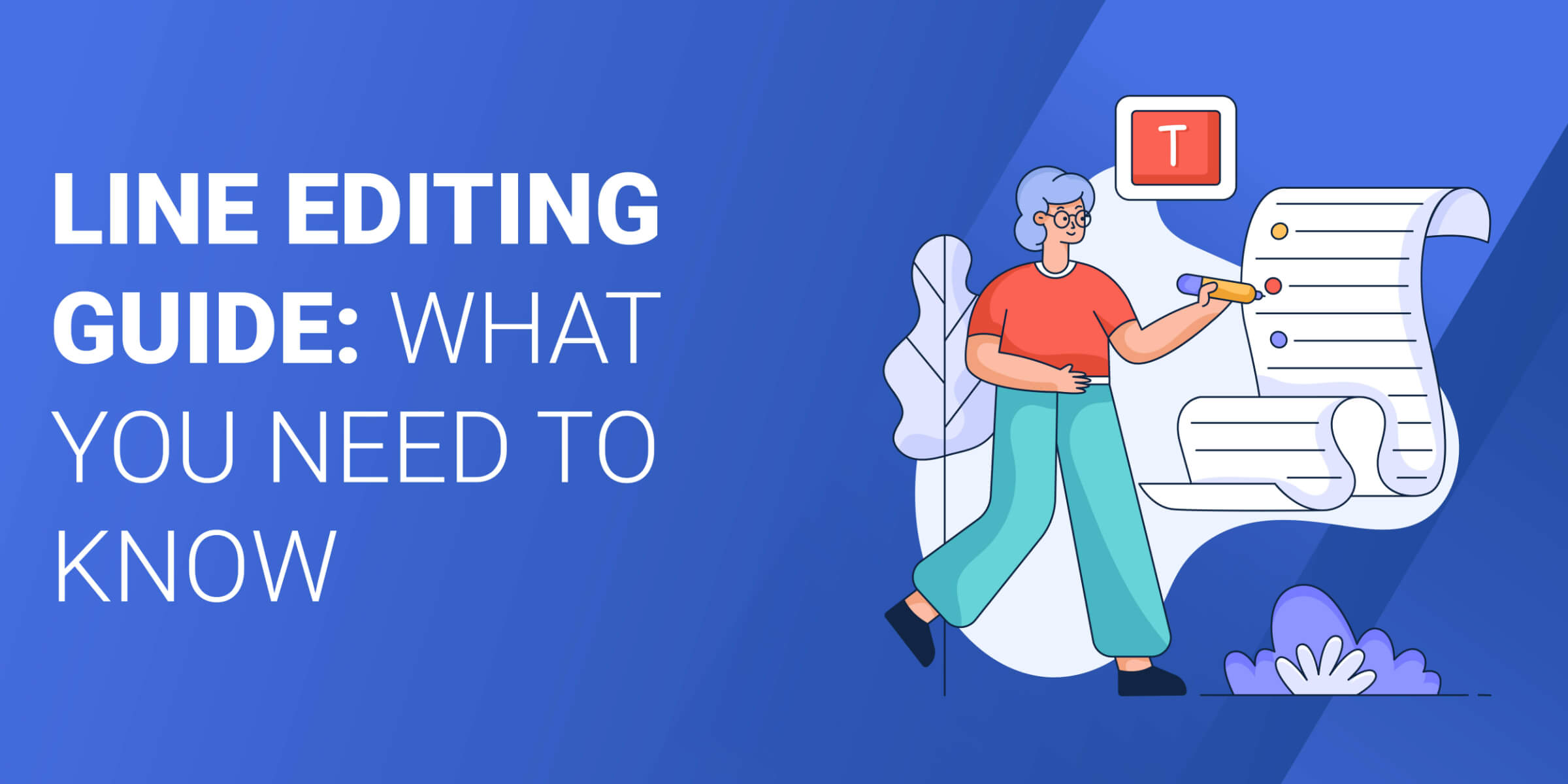So, you’ve got your developmental and substantive edits taken care of.
Now it’s time to look into copyediting. This type of editing is a copyeditor’s bread and butter.
As an editor, writer, and professor, I’m going to walk you through all you need to know about copyediting.
Good news: Copyediting is one of those steps in the editing process that we’re usually pretty familiar with.
Let’s dive in and see what it’s all about.
Best for Basic Editing & Proofreading
Table of Contents
Understanding Copyediting


If you’re familiar with line editing for novels or proofreading, you should have a good idea of what copyediting entails.
Copyediting is a type of professional editing that focuses on a document's individual lines and sentences. It is the same as line editing, except line editing focuses on novel-length pieces rather than shorter documents.
Copyediting is the step before proofreading, which looks at spelling, grammar, punctuation, and other surface-level errors. I like to think of it as the step where the text gets its first polish. Proofreading is when the text just needs a once-over to find all the smaller pesky issues like missing commas or misspellings that didn’t get caught during copyediting.
During copyediting, we turn back on our grammar checker of choice and start really cleaning up the article.
Copyediting also involves making changes to word choice, sentence structure, clarity, and flow to make the writing more concise and readable. It includes making sure that each sentence conveys the right amount of information for your readers.
Copyeditors can work with fiction and nonfiction documents, but they are especially important in business communications or blog articles. In these cases, copyeditors help ensure that complex information is presented clearly so readers can understand it quickly without having to read through long passages multiple times. They also help writers communicate their ideas effectively by identifying any areas where clarification may be needed.
How Long Does Copyediting Take?


It requires careful analysis of each line or sentence to ensure that the text reads clearly, logically, and accurately conveys the author's intended meaning. The duration of copyediting depends upon several components, like the size and intricacy of the manuscript in question, along with how many changes are needed.
A shorter document can typically be copyedited in an hour or two, while more complex documents may require up to six hours of editing or even weeks for novel-length texts.
Let's consider the advantages that can come from copyediting, regardless of how long it may take.
Benefits of Copyediting


The benefits of copyediting are numerous. First off, it helps improve readability by ensuring sentences flow smoothly from one thought to another without choppiness or awkward phrasing. This makes it easier for readers to understand what you’re trying to say and increases their engagement with your content.
Additionally, copyediting can strengthen weak arguments in your piece by rewording them into more persuasive statements while maintaining clarity throughout the text.
Finally, copyediting eliminates typos and other errors that may detract from your work's overall quality.
What Is the Role of a Copyeditor?
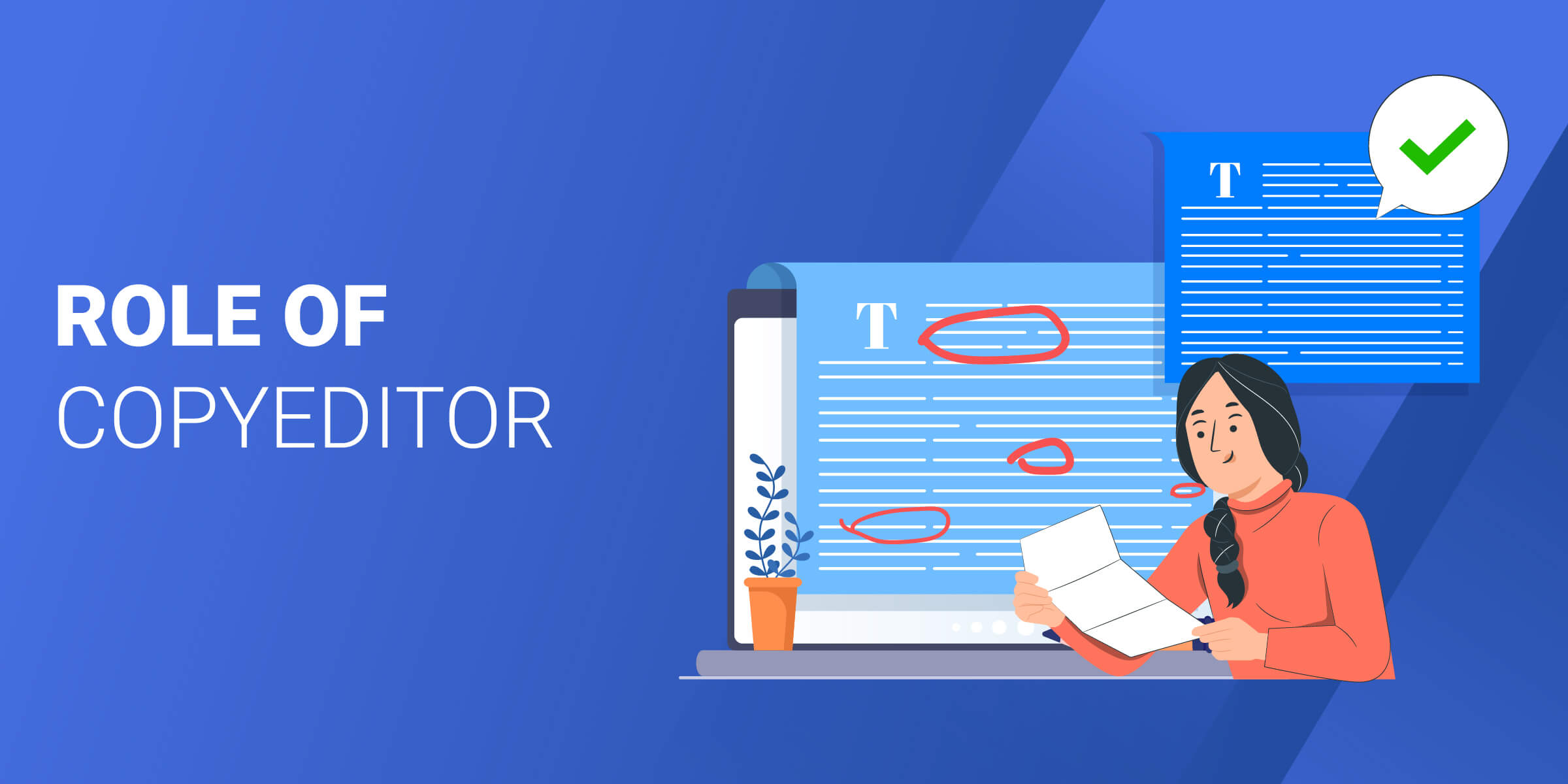

A copyeditor is a professional who works to improve the quality of writing by ensuring that it flows well and reads smoothly.
A copyeditor's purpose is to not only locate errors but also guarantee that the sentences are formulated in a manner that makes it easy for readers to understand without being confused by overly complicated language or abstruse ideas.
Paying attention to grammar rules, how sentences are constructed and ensuring there isn't too much repetition within them will keep readers engaged with your text rather than being distracted by redundant words or phrases.
Best Practices for Copyediting


Understanding how to get the most out of this type of editing is important. Here are some tips for optimizing your copyediting to ensure a polished final product.
Timing
Copyediting should be done after completing both a developmental edit and substantive edit. There’s no sense in polishing a text that hasn’t undergone those kinds of edits. As a friend once said, “It’s like putting lipstick on a pig.” You’ve got to get those big edits out of the way so that you don’t waste time polishing a text that will be cut or totally reworked.
Focus
Just like in developmental and substantive editing, our audience and purpose still play a huge role in which edits we suggest or implement.
We have to make sure that our word choice is what will benefit our readers and falls in line with our purpose.
Ensuring that sentence structure and word choice are both varied helps keep our audience engaged with the article.
What To Change
When you’re completing a line edit, there are a few key items to look out for.
- Word Choice. Making sure that the words you choose to use pair with your reader’s expectations is vital. Your verbs and descriptive words need to be strong, but don’t forget to double-check that you are reusing the same words or phrases too much. It can start to sound repetitive. Also, you’ll want to make sure to get rid of any cliches.
Your word choice also affects your style and tone. Is your audience going to expect a more academic style or one that’s personable and relaxed? Are you going for a more serious or grave tone? Perhaps a casual style?
- Sentence Structure. Reading the same type of sentence over and over gets monotonous and boring. You’re sure to lose readers that way. Your sentence length also reflects your style. For these reasons, you want to keep an eye out for the length of sentences, how the sentences begin, if you’re using fragments purposefully, etc.
For example, if you use the Subject-Verb-Predicate structure too many times in a row or your paragraphs always start that way, you’ll want to change it up. Perhaps adding an introductory clause in front of the original sentence or starting a sentence with a gerund (a verb with -ing) will help to create variety.
- Transitions. Imagine showing someone your home for the first time. But instead of giving them a tour of your home yourself, you let them figure it out. Sure, they know the typical layouts of homes, but they’ll probably meander through rooms until they finally find the bathroom. That’s a lot like how reading a text without transitions is. Folks will make their way through, possibly mistaking how sections relate, but it won’t feel polished and rounded.
Now, imagine that compared to giving someone a tour of your home, where you personally take them to each room. They know exactly where the important rooms are. They’re not going to get lost. This is what it’s like to read an article with transitions. They smooth out the creases of moving from one idea to another, meaning they can be used sentence-to-sentence or section-to-section.
Don’t let them fall by the wayside. They can often help with varying your sentence structure as well as help guide your reader through the article.
- Grammar. Checking grammar is a polishing step-which is what copyediting is. You don’t want to do it until you’ve completed a developmental and substantive edit. Frankly, you’re wasting time polishing something that is still in the process of being improved or even removed. So, it’s during copyediting that you can start correcting grammar and punctuation. Go wild. Let your inner Grammarian free.
You won’t catch everything at this point, but that’s what the proofreading step is for. That’s when you really focus on getting the text as clean as possible. During copyediting, you’re going to remove the biggest grammar and punctuation issues. But during proofreading, you get to really dial into the finer details that you missed during the copyedit.
How Much Does Copyediting Cost?
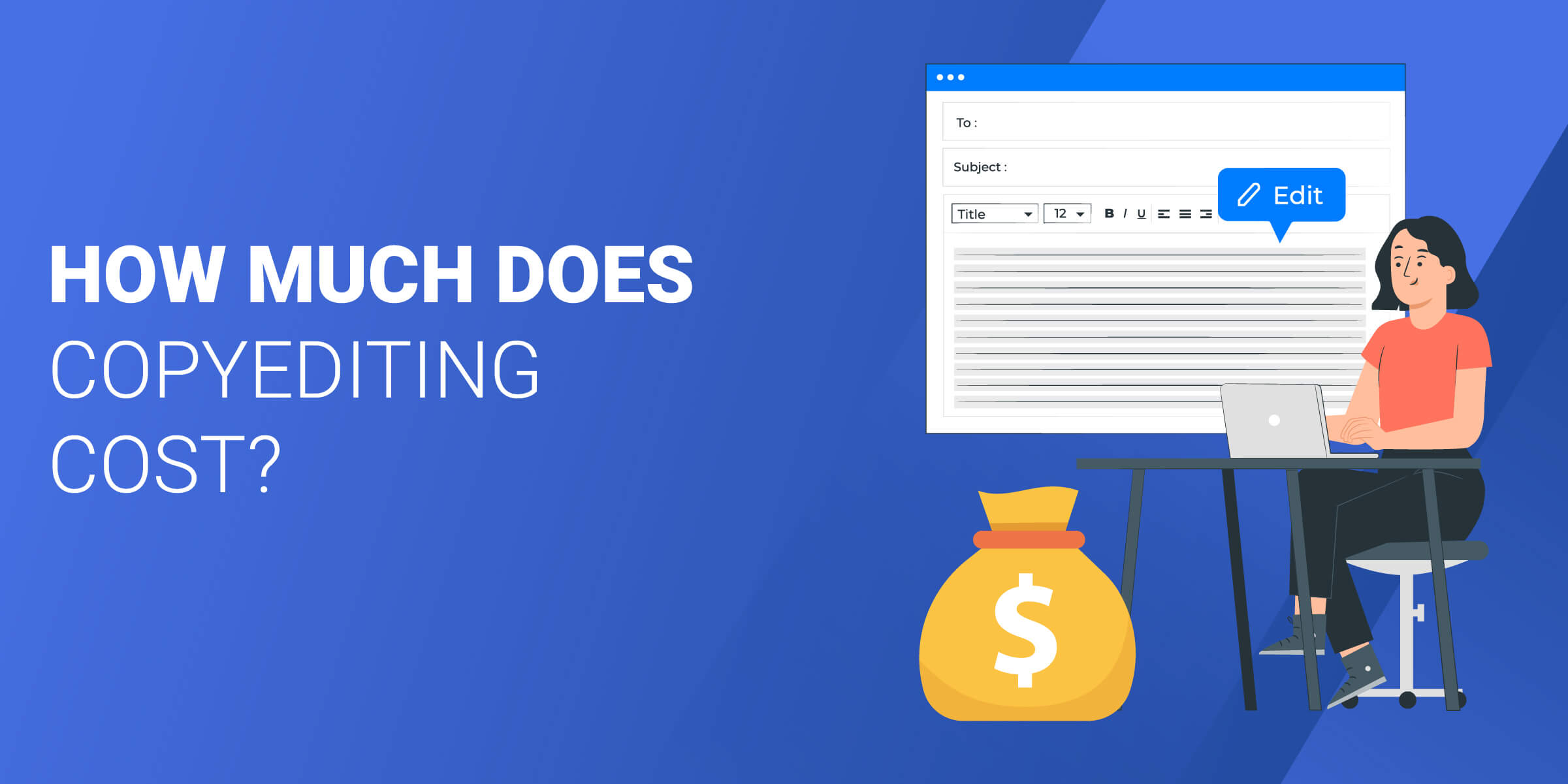

Copyediting entails carefully assessing each phrase of a document to guarantee it is precise, succinct, and adheres to proper grammar. The cost of copyediting services varies depending on factors such as length, complexity, turnaround time, and editor experience level.
For shorter documents with simpler content (such as blog posts or press releases), copyediting costs typically range from $0.03 to $0.05 per word or up to $50/hour for hourly projects.
For longer pieces, such as books or reports with more complex content requiring greater attention to detail, prices may start at around $0.06 per word. Still, they can go up significantly depending on how much work needs to be done and how quickly you need the editor to complete your project.
Tools and Services Available


EditorNinja or PandaCopy
Editing services like EditorNinja [review] or PandaCopy [review] are great ways to get copyediting done for your articles. You don’t have to worry about finding and hiring an editor. They have done the legwork for you.
We’ve used both of these services and were quite pleased with them. You can tell them exactly what type of editing you’d like to have done, whether it’s copyediting or developmental or any other type.
Grammarly
Grammarly Premium has helped me with several aspects of copyediting. It often provides suggestions for monotonous sentences, rephrasing word choices, reordering sentences, removing redundancies, as well as finding the usual grammar errors.
Check out my full review here.
Best for Basic Editing & Proofreading
How To Hire a Copyeditor
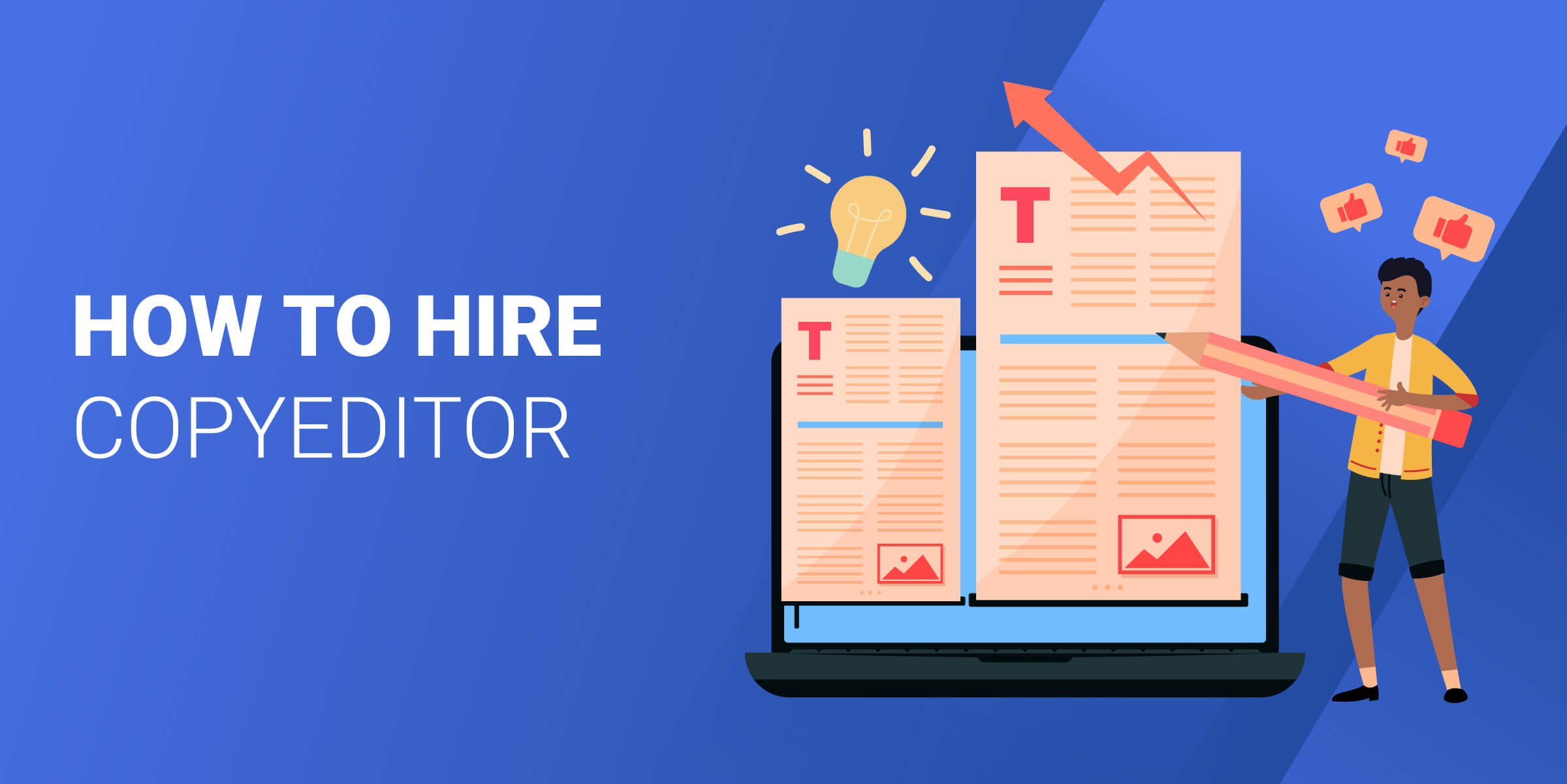

Hiring a developmental editor is an important decision for any business. Finding a copyeditor who can comprehend the task and utilize their proficiency to bring it to fruition is imperative. When recruiting a developmental editor, it is important to take certain measures to ensure you have selected the ideal individual for the job.
The first step is to research potential editors and assess their qualifications. Look at samples of their work, read reviews from past clients, and check references if available. You want someone who has experience in your particular field or genre so that they know what kind of edits will be needed to make your text shine.
Next, create a list of questions that you can ask during interviews with prospective editors. Ensure these questions cover topics such as turnaround time, rates, editing style, availability for additional services like copyediting or proofreading later on down the line, and how they prefer communication throughout the process (email vs. phone). Here are a few that we came up with:
- Can you describe your experience as a copyeditor?
- How do you approach grammar and syntax errors in a manuscript or article?
- What is your typical turnaround time for a 1,500-word blog post?
- What are your hourly or per-project rates?
- Can you walk me through your process for reviewing and correcting spelling and punctuation errors?
- How do you ensure consistency in tone, voice, and formatting throughout a manuscript?
- Can you provide an example of a particularly challenging project you worked on as a copyeditor and how you addressed any issues?
- How do you ensure that the writer's intended message is accurately conveyed through their writing?
- How do you work with writers who are resistant to making changes to their writing?
- Can you discuss your experience working with different types of writing, such as blog writing, academic writing, or creative writing?
- How do you stay current with changes and updates to language and grammar rules and incorporate this knowledge into your editing work?
After whittling down your list of prospective editors based on qualifications and answers to your questions, delve into the pricing structures available before settling on a final choice. Most experts have packages that cover both content editing as well as other services, such as copyediting or proofreading all under one roof – which can save you a bundle if multiple drafts are needed post-initial edits by the editor(s). Conversely, some charge per hour or page edited, so it's important to factor this in when budgeting for developmental editing services.
What To Do After Copyediting


After completing a copyedit, you’ll have the option of implementing the changes the editor has proposed. A good editor won’t just alter your article. Their job is to enhance your voice as a writer, not take over. You get the final say in what gets changed and what doesn’t.
So, once you’ve reviewed and approved or rejected the changes, you’ll be ready for proofreading. The last step! Congrats on getting this far in the process!
If you’re proofreading your own text, I suggest giving yourself a few hours or even a day between copyediting and proofreading. It will keep your eyes fresh for errors.
If you have a proofreader lined up, go ahead and send it on over for them to knock out the final step.
FAQs
What are the basics of copyediting?
Copyediting concentrates on refining or polishing your text. It involves reviewing sentence structure, word choice, and punctuation to ensure the writing flows smoothly.
What is the process of copyediting?
During copyediting, editors check for grammar errors, typos, incorrect word usage, awkward phrasing or structure, clarity issues with meaning or tone, lack of transitions between ideas/sentences/paragraphs, etc., and any other inconsistencies throughout the text. Copyediting ensures that all elements are consistent and cohesive so readers have an enjoyable experience when reading the content.
What is the purpose of copyediting?
Copyediting’s purpose is to polish a text before it goes to the proofreader. It is to correct grammar, punctuation, spelling, syntax, and usage errors while preserving the author’s voice. Copyediting also ensures consistency throughout the document with regard to capitalization rules, hyphenation conventions, and other stylistic choices.














